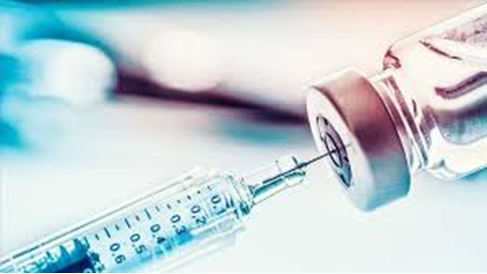How are pharmaceuticals impacted from the vaccine race

Ever since the COVID-19 virus emerged and evolved into a global pandemic, investors have shifted their focus away from small biotech firms to larger pharmaceuticals with robust and structured manufacturing capabilities.
Once the COVID-19 vaccine is discovered, it may generate in excess of $10 billion dollars in annual revenue, but investors are betting that even if a small biotech company with limited funding and equipment discovers the vaccine, a larger company will most likely buy the drug from them.
Alternatively, the smaller company that discovered the drug and the larger company with the production and distribution capability could merge.
Gilead and Eli Lilly, two of the pharmaceutical companies taking center stage in the COVID-19 vaccine race, are foreseeing significant growth in their share value and a rise in innovation in the infectious disease area.
AstraZeneca's growth in China took a hit given the Chinese economic situation due to the outbreak, and even more so in the EU and the US where large fractions of AstraZeneca's total revenue is generated. Therefore, AZ joined with Sanofi in an effort to find a vaccine, which will eventually help them regain some of their losses.
Other companies pocketed gains from medicines they already have in the market. Pfizer, for example, capitalized on gains from their pneumonia vaccine Prevnar 13. The drug witnessed an unexpected jump in sales as people learned that the later stages of the corona virus cause pneumonia with a high mortality rate. This spike in revenue will be exceeded if their coronavirus vaccine partnership with BioNTech is successful.
Still other pharmaceutical companies are using some existing drugs to try to fight or at least slow the spread of the virus. Bayer has donated 3 million Resochin (chloroquine) tablets to the US government for use in COVID-19 patients. Even though President Trump backed it as a potential way to fight the pandemic, it has not yet been approved for use by the FDA, but procedures are in place to use an emergency authorization which can lead to a spike in its sales revenue.
Novartis is also giving back to the population in a time of crisis, having committed to donating 130 million doses of hydroxychloroquine, even though the drug is only approved for use in the US and Novartis needs approval from other countries' drug authorities for its distribution. Regardless, Novartis will still benefit financially from the drug.
Other changes are also impacting pharmaceuticals worldwide. A significant change in demand for many home medications, most specifically people who live with chronic diseases would cause shortages due to panic buying and the inconsistencies it will bring to supply chain management.
Another change is a shiftin communication and promotions from face-to-face to remote interactions. In the US, the number of patients who have visited physician offices or clinics went down by 70 to 80%.
When it comes to the industry itself, the focus of companies has shifted to location risk. Supply chains are at significant risk when they rely or focus the majority of their activities on locations that may be susceptible to disruption. That's why most manufacturing companies, and pharmaceuticals are also shifting production either closer to their end markets, to locations where they can be assured that risk is lower, or to countries that are more stable.
Supply chains are increasingly targeting patients directly through the digitalization of interaction and app-based support and eco-systems. Despite the increased cost of such a change, this revolution will be sustained even after the COVID pandemic is beaten due to the long-term cost effectiveness of these new methods and how much easier supply chains lives will be. For example, there will be less focus on working on site, and more focus on working remotely, which is a leaner and more flexible way of working. Therefore, there will be a redistribution of talent due to the pressure that traditional organizational structure will be under.
What an investor can deduce is this. In the beginning pharmaceuticals will have to manufacture the vaccine, then package it, then turn to logistics providers experienced in the handling and distribution, which could be another delay, because they may struggle to fulfil the need at first and take time to adapt to the high demand. Air transport may be an issue as well due to the air travel ban since the beginning of the pandemic. Security against theft will also be of high importance and also very costly.
The pandemic revealed how critical it is to invest in redesigning the primary care system, especially for the most vulnerable populations. As such, we expect increased investment and funding for primary and intensive care or at least diverting existing funding towards these areas which have proven inadequate during the pandemic.
This article was written by Royal.




